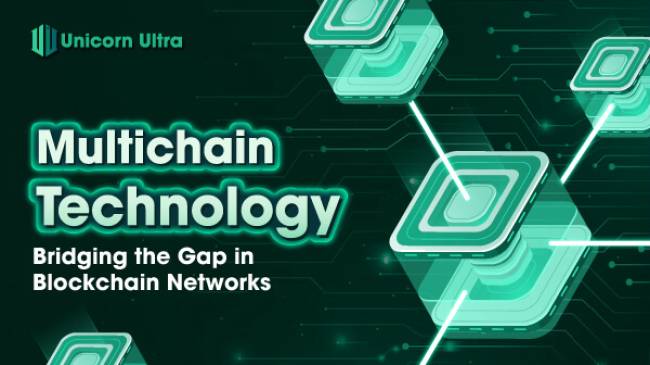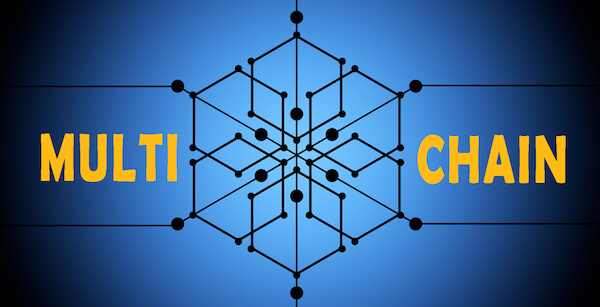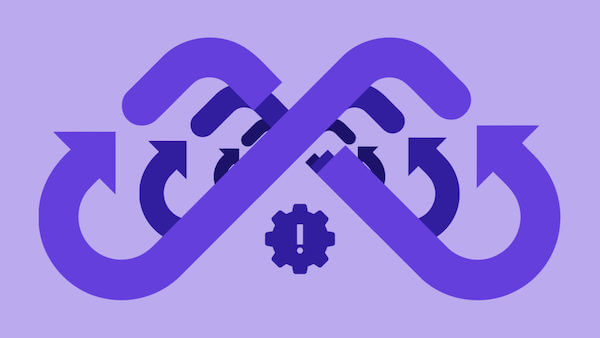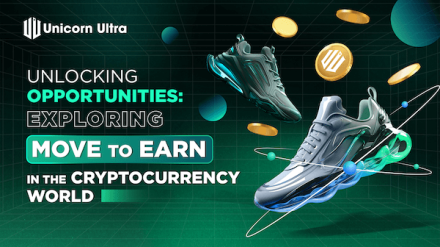Table of Contents
What is multichain crypto?
Multichain is an open-source blockchain technology designed to facilitate the connection of applications and protocols to multiple blockchains, enabling compatibility with data from both chains. It is utilized for personal use and to expedite financial transactions.

Multichain provides a blockchain solution with a small, easily manageable private network, equipped with developer-friendly and flexible tools. Furthermore, it offers support for a wide array of programming languages. The network's assets, referred to as native tokens, can be effortlessly created and exchanged among users.
A fully operational Multichain network is capable of processing up to 1,000 transactions per second. Developers involved in setting up and maintaining the blockchain are provided with a user-friendly command-line interface and API.
Key Features of Multichain
Permissions: Multichain allows users to access the network with customized permissions. Developers can tailor the network to meet specific requirements, including mining diversity, consensus rules, access restrictions, and privacy settings, whether for public or private blockchains.
Data Streams: Multichain supports data sharing, archiving, encryption, and timestamping to a significant extent. Streams are collections of data objects with timestamps, digital signatures, and optional access keys.
Unconstrained Assets: Multichain enables the creation and tracking of native assets at the network level. Users can authorize and verify a wide range of assets, including support for multi-party and multi-asset transactions.
Scalability: Multichain employs dual chains for data storage, allowing publicly accessible data to be either on or off the chain, based on user preferences. Data is not duplicated across all nodes as in earlier blockchains, and decryption keys are only accessible to authorized parties. The current transaction processing capacity of Multichain is up to 2,000 transactions per second.
Peer-to-Peer Connection: Nodes in the Multichain blockchain exchange messages through a handshaking process. Each node is represented by an address with a set of permissions, ensuring communication between nodes. If satisfactory messages are not received, the peer-to-peer (P2P) connection is severed.
Speed & Efficiency: Multichain allows users to rapidly create new blockchains and collaborate effectively within permissioned networks.
How does Multichain operate?
Multichain distinguishes miners as a separate category of entities and introduces the mining diversity criterion:
The effectiveness of a block can be assessed through the following steps:
-
Adjust the permissions for transactions and blocks as necessary. Following these modifications, calculate the total number of authorized miners specified within the block.
-
Mining diversification is employed to diversify the number of miners, allowing them to round up and fill the remaining slots while adhering to a round-robin structure.
-
To generate an accurate blockchain, miners create blocks based on this rotating schedule. The mining diversity requirement determines the system's flexibility. Each authorized miner is included in the rotation with a 'one' value, while there are no restrictions for a 'zero' result.
-
In Multichain, transaction fees and block rewards are typically left empty by design. However, users have the option to specify these values in the params.dat file.
Advantages of Multichain
Scalability: Multichain networks can significantly improve scalability by allowing transactions and data to be processed simultaneously across multiple chains. This reduces congestion and enhances overall network efficiency.
Interoperability: Multichain solutions enable interoperability between different blockchains, facilitating the exchange of assets and data. This interconnectedness enhances the potential for collaboration and innovation within the blockchain ecosystem.
Privacy and Confidentiality: Multichain networks can offer enhanced privacy features, enabling participants to transact privately within specific chains. This is especially crucial for businesses that require secure and confidential data handling.
Customizability: Each parallel chain within a multichain network can be customized to cater to specific use cases, ensuring that the platform is adaptable to a wide range of applications.
Drawbacks of Multichain
Complexity: Managing multiple chains simultaneously can introduce complexities in terms of development, maintenance, and governance. This complexity might deter newcomers from adopting multichain solutions.

Consensus Mechanisms: Coordinating consensus mechanisms across multiple chains can be challenging, potentially leading to security and decentralization concerns.
Learning Curve: Understanding the intricacies of multichain networks might require a steep learning curve for developers and users accustomed to traditional single-chain blockchains.
Difference between Multichain & Cross-chain
While multichain and cross-chain technologies both address blockchain limitations, they differ in their approach. Multichain involves multiple parallel chains within a single network, allowing for seamless data and asset transfer between them. Cross-chain, on the other hand, focuses on interoperability between separate, distinct blockchains. It facilitates communication and interaction between different blockchains that may have their architecture, consensus mechanisms, and rules.
Some Notable Multichain Projects
Hyperledger Fabric: This enterprise-focused multichain framework aims to facilitate permissioned blockchain networks with modular components, enabling businesses to tailor their blockchain solutions to their specific needs.

Quorum: Developed by J.P. Morgan, Quorum is a permissioned multichain platform that prioritizes data privacy and confidentiality. It's designed for financial applications and enterprise use cases.
Polkadot: While not a traditional multichain network, Polkadot's innovative parachain architecture enables multiple blockchains to interoperate within its ecosystem, fostering scalability and interoperability.
The Future of Multichain
As the blockchain landscape continues to evolve, multichain technology is expected to play a pivotal role in addressing the scalability and interoperability challenges that have hindered widespread blockchain adoption. With ongoing research and development, the complexities associated with multichain networks are likely to be mitigated, making them more accessible to a broader range of developers and users. The potential for collaboration and innovation through interconnected parallel chains holds promise for diverse applications, from finance to supply chain management and beyond.
Conclusion
Multichain technology presents a promising solution to some of the most pressing challenges faced by traditional single-chain blockchains. With its advantages in scalability, interoperability, privacy, and customizability, multichain networks offer a compelling alternative for various use cases.
While complexities and potential disadvantages exist, ongoing advancements in the field are likely to pave the way for a future where multichain technology plays a crucial role in shaping the blockchain ecosystem.
Thank you for accompanying Unicorn Ultra in this article on What is multichain crypto?






